Abstract: A daytime fireball was observed simultaneously at three sites on August 4, 2024 at 3h18m11s UTC by SonotaCo Network in Japan. Orbital calculations determined that it was a sporadic meteor, but the parent body candidate is 2022QX4, a near-Earth object belonging to the Aten group. In some areas, vibrations were reported along with an explosion a few minutes later, which may have been caused by a meteorite dropping.
Observations
The observations were obtained at one site of the SonataCo Network and another, external high-sensitivity camera. The fireball was rather faint because it was daytime, but it was well captured. In some areas, an explosion was reported a few minutes later.
Measurement
The measurements could not be automatically analyzed with UFOAnalyzerV4, so the positions were derived from measurements of the still images taken at night and the still images of the fireball were measured manually.
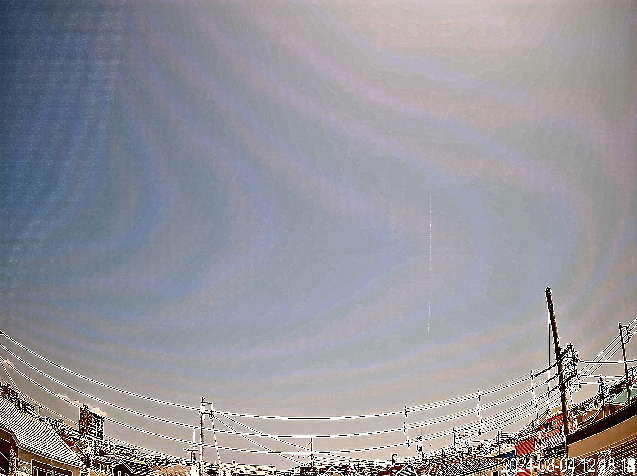
Figure 1 – August 4, 3h18m11s UTC. SonataCo Network.
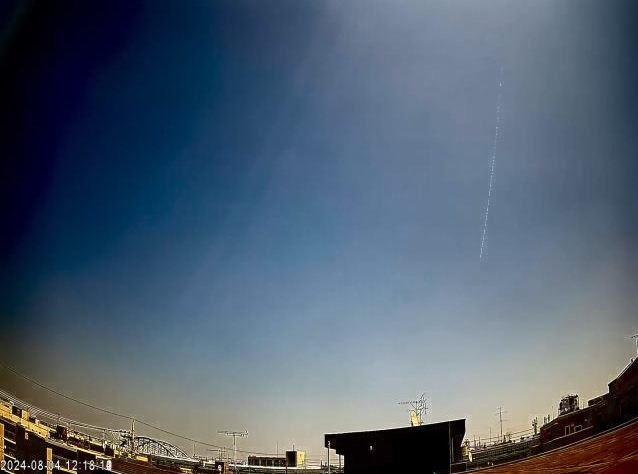
Figure 2 – August 4, 3h18m11s UTC. External.
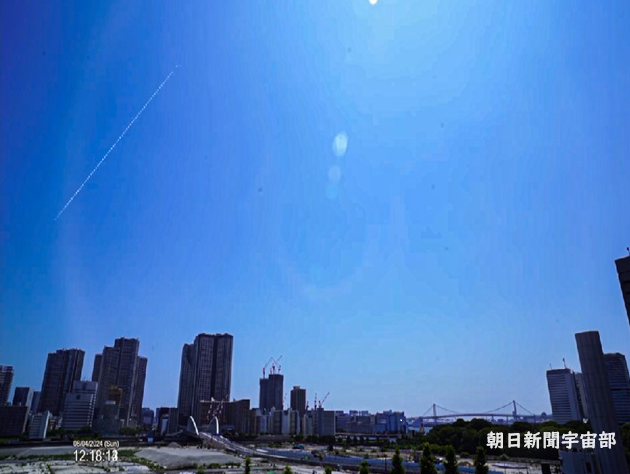
Figure 3 – August 4, 3h18m11s UTC. External.
Results
The orbit calculation based on three sites resulted in a deviation of the radiant point of 1.5 degrees. At two sites with a slightly smaller convergence angle, the difference in altitude was as much as 5 km. The difference in velocity was about 3 km/s. The orbit has a small dispersion. The duration of the event was just over 2 seconds.
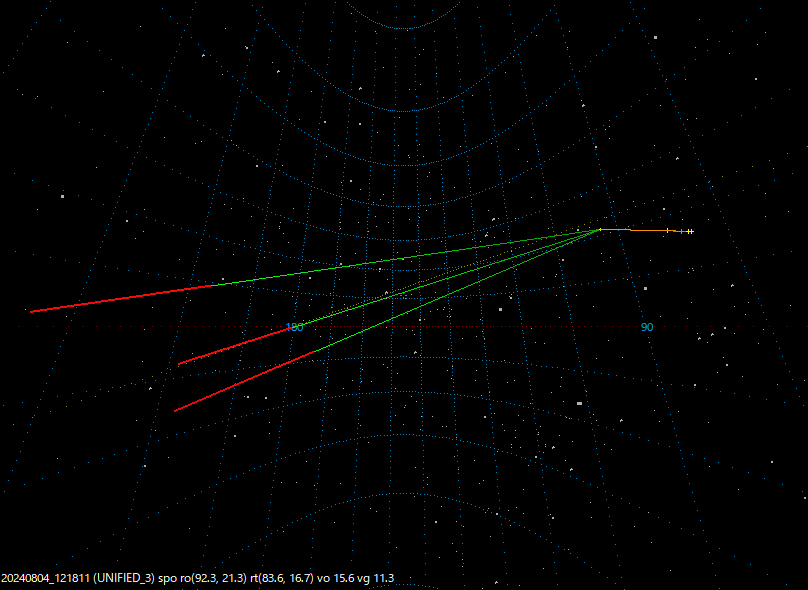
Figure 4 – The meteor trail plot of 2024 August 4.
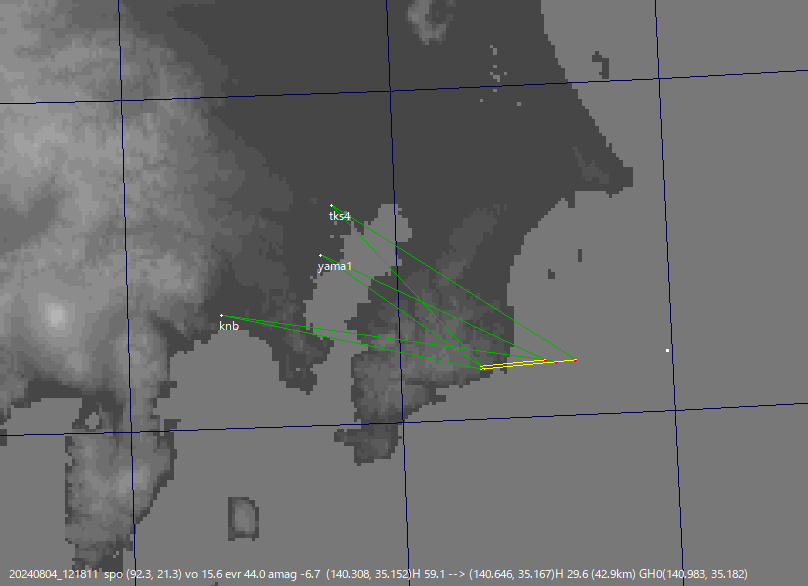
Figure 5 – Trajectory map of 2024 August 4.
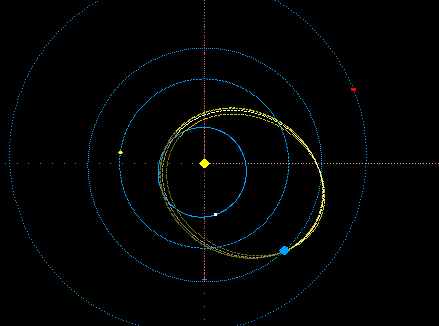
Figure 6 – Orbit plot 2024 August 04, 03h18m11s UTC.
Table 1 – The trajectory data, observed radiant and velocity, height and other parameters.
| No | Local time | ID1 | ID2 | RAo | Deco | vo | shower | Mag | Qo | Dur. | Hb | He |
| 1 | 20240804031811 | knb | tks4 | 92.25 | 21.34 | 15.06 | spo | –10 | 17.1 | 2.36 | 60.195 | 35.688 |
| 2 | 20240804031811 | tks4 | knb | 92.25 | 21.34 | 16.55 | spo | –5 | 24.8 | 2.59 | 59.109 | 29.563 |
| 3 | 20240804031811 | yama1 | knb | 92.25 | 21.34 | 15.17 | spo | –5 | 19.7 | 2.00 | 54.914 | 33.989 |
| all | 20240804031811 | UNIFIED | 92.25 | 21.34 | 15.59 | po | –6.7 | 24.8 | 2.59 | 59.109 | 29.563 | |
Table 2 – The orbital elements, geocentric radiant and velocity, and other parameters.
| Name | a | e | q | i | ω | Ω | Dsh | Tj | λΠ | βΠ | α | δ | vg | Date |
| 20240804 | 0.71 | 0.522 | 0.339 | 3.50 | 199.50 | 311.90 | 0.00 | 7.96 | 151.37 | –1.17 | 83.6 | 16.7 | 11.3 | 8/4 |
| RVO 8/4 | 0.72 | 0.505 | 0.354 | 0.20 | 200.00 | 311.80 | 0.06 | 7.91 | 151.80 | –0.07 | 84.0 | 23.0 | 10.8 | 8/4 |
| 2022QX4 | 0.68 | 0.505 | 0.337 | 0.15 | 176.18 | 335.61 | 0.06 | 8.26 | 151.79 | 0.01 | 74.5 | 22.2 | 9.2 | 8/15 |
Parent body
When I looked for a candidate parent body, I found that it was 2022QX4, a near-Earth object belonging to the Aten group. The DSH matched well with 0.06. 2022 QX4 is a Tunguska meteorite-sized asteroid classified as a near-Earth object belonging to the Aten group with a diameter of about 40 meters. It was discovered by the Asteroid Earth Impact Last Warning System on August 24, 2022, at a distance of 0.03 astronomical units (4.5 × 106 km) from Earth. On September 4, 2022, it was listed as having a 1 in 109 chance of impacting Earth on the Torino Scale 1 at 00h52m UTC on September 4, 2068, after an 8-day observation window. A nominal close approach is expected to occur on August 28, 2068. Its closest approach to Earth in 2022 occurred on August 29, 2022, at a distance of about 1.8 million kilometers. The short 17-day observation track indicates that the 2022 QX4 may have passed close to 5400 kilometers from Earth in early September 1977. Source: Wikipedia, the free encyclopedia.
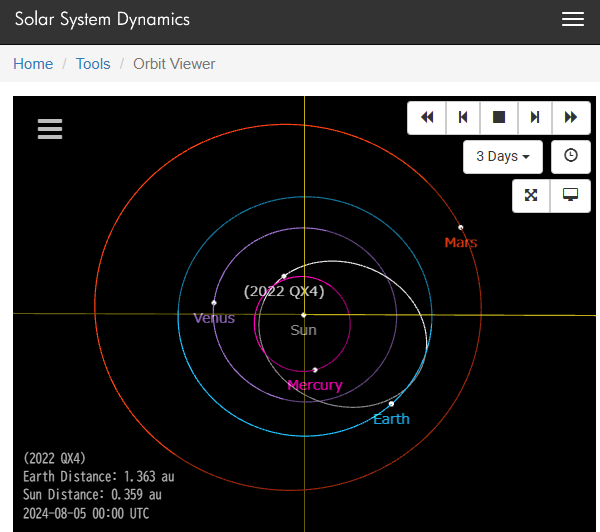
Figure 7 – Orbit plot 2022QX4.
Acknowledgment
I would like to thank the SonotaCo network for providing orbital calculation data for this study. I would also like to thank Paul Roggemans for his proofreading and advice.

